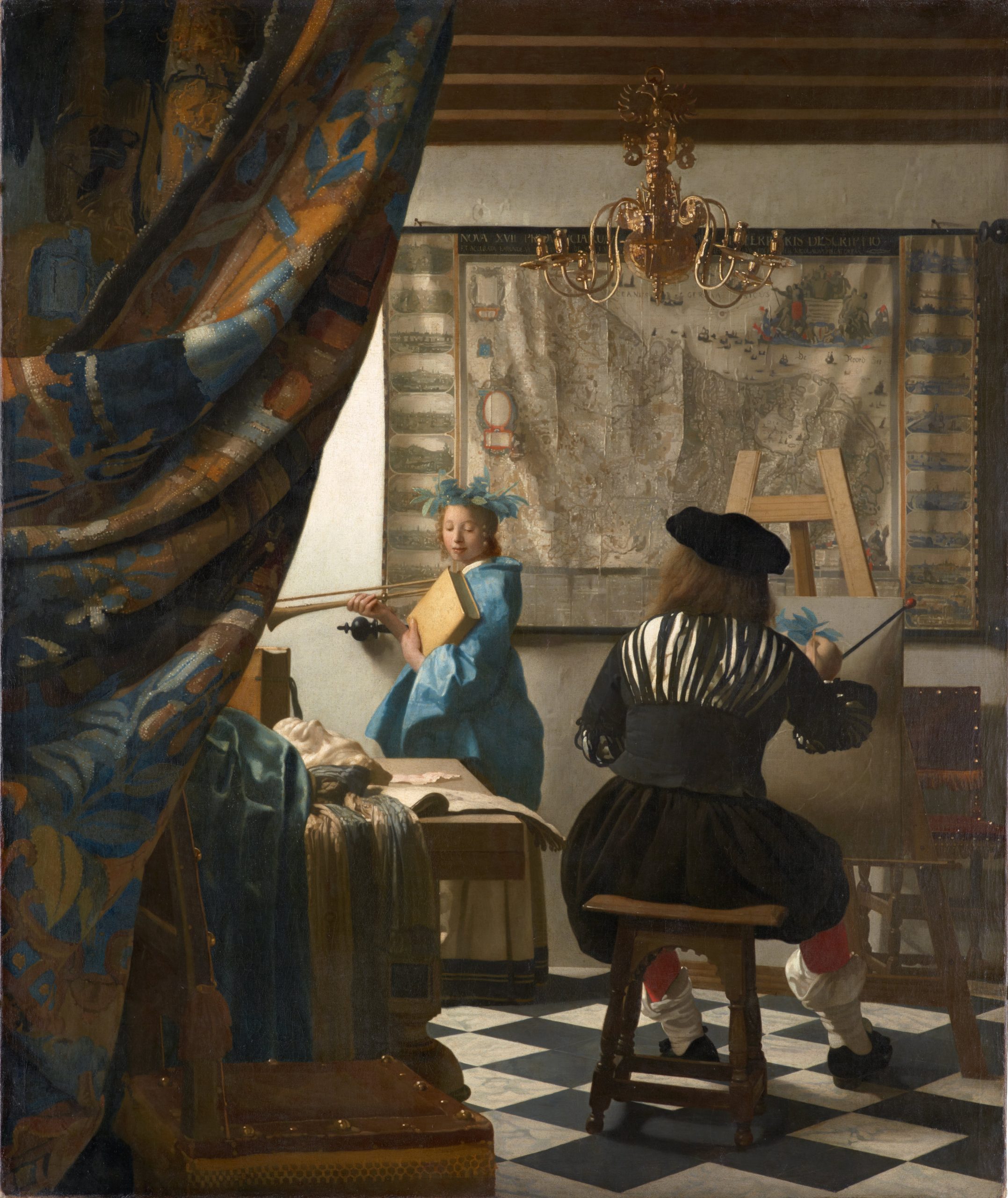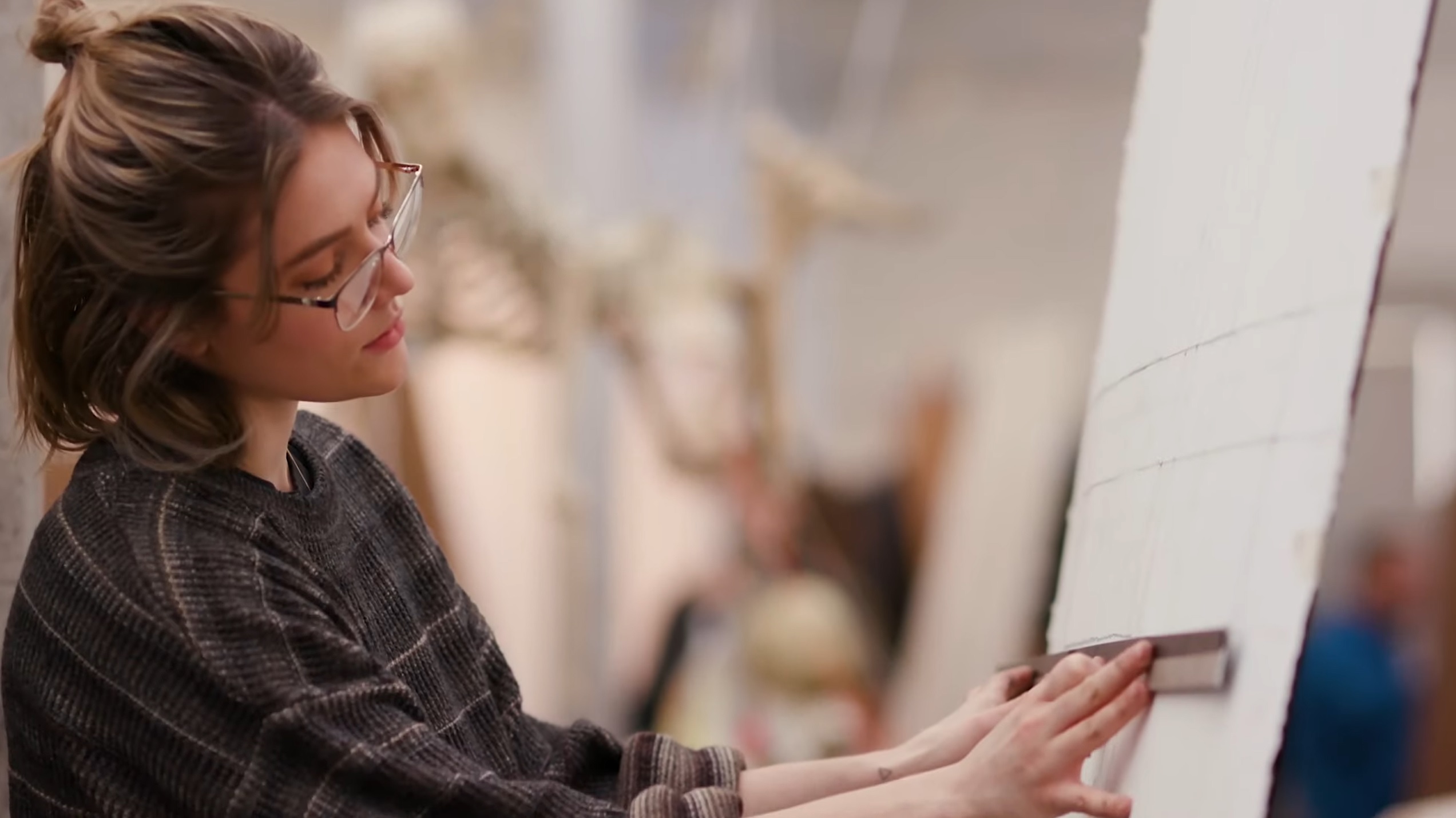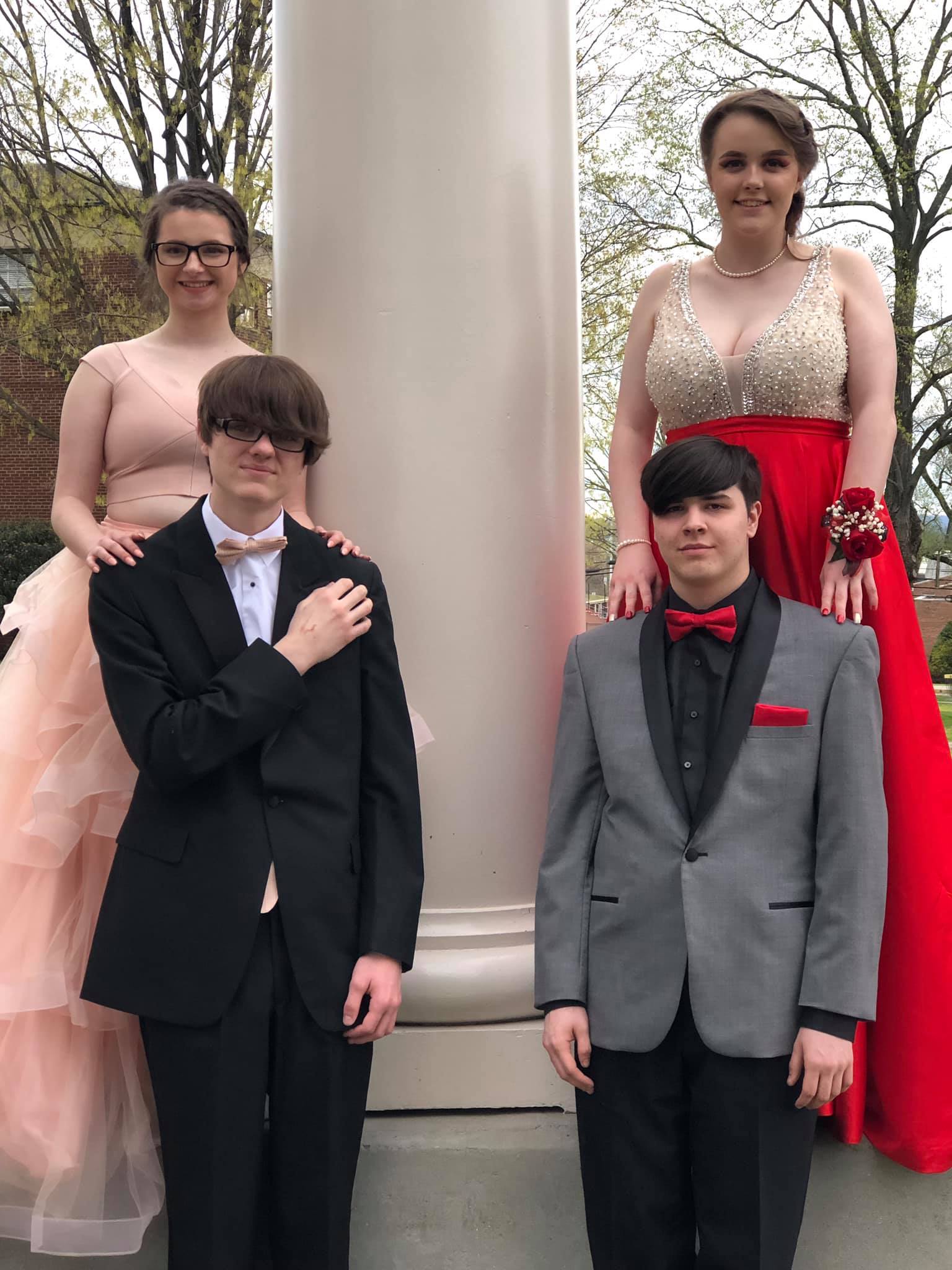Public Input on the 2029 Edition will be received until January 6, 2027
“Wir haben Kunst, damit wir nicht
an der Wahrheit zugrunde gehen”
Not every student is passionate about Graph Algorithms, Green Policy or coding the Internet of Things but wants to devote their energy and talent to making the world a better place by making the world a more beautiful place. Spaces for the “creatives” among them are elevated risk spaces. Today we examine the literature for designing, building and maintaining these occupancies in the safest and most sustainable way; among them the spaces for textile research and fashion design; usually co-mingled with drawing, painting, and textile creation space.
The garment industry is multi-disciplinary and is larger than the energy industry. It contributes to the standard for civilization; even though subtly so. For this reason, starting 2023, we will break down our coverage of the literature that supports the fashion industry from the fine arts domain in separate colloquia every quarter.
Fine Arts 200. Exploration of best practice for spaces used for various forms of creative expression that are appreciated for their artistic or aesthetic value, often involving skills and techniques that require specialized training and expertise.
-
- Painting: The application of pigment to a surface, such as canvas or paper, to create images or visual compositions using techniques like oil, acrylic, watercolor, or tempera.
- Sculpture: The creation of three-dimensional artworks by shaping and manipulating materials such as stone, wood, metal, or clay.
- Drawing: The use of lines, marks, or other materials to create images or representations on paper, canvas, or other surfaces.
- Printmaking: The creation of multiple copies of an image from a master plate or block, using techniques like engraving, etching, lithography, or screen printing.
- Photography: The use of a camera to capture and create visual images, often through techniques such as exposure, composition, and processing.
- Architecture: The design and construction of buildings and structures, involving artistic elements such as form, space, materials, and aesthetics.
- Ceramics: The creation of pottery or ceramic objects using techniques like wheel throwing, hand-building, or glazing.
- Mixed media: The combination of different artistic materials or techniques in a single artwork, such as collage, assemblage, or installations.
- Conceptual art: The creation of artworks that prioritize ideas, concepts, and intellectual or philosophical aspects over traditional aesthetic or material considerations.
Fashion 300. Best practice literature for the spaces needed for the creation of artworks using textiles and fibers, such as weaving, quilting, or embroidery. Research and teaching spaces in this domain; at the foundation of the garment industry — one of the largest sectors in the economy in any nation — present surprising challenges
See our CALENDAR for a schedule of those session.
US-based standards developers with a footprint in the fine arts domain:
Committee D13 on Textiles Celebrates a Century
2021 International Building Code: Section 305 Educational Group E
Underwriters Laboratories
Lorem ipsum (product testing: kiln heat specifications, fabric and paint flammability, wet and dry fire extinguishing systems, etc.)
National Fire Protection Association
Institute of Electrical and Electronic Engineers
Leveraging User-Provided Noisy Labels for Fashion Understanding
Institutional Guidelines
Federal Regulations & Recommendations
Environmental Health and Safety in the Arts Guide for K-12 School, Colleges and Artisans
Global standard developers: (partial list)
Open to everyone. Use the login credentials at the upper right of our home page.
🌤️🌺⛲🌳 pic.twitter.com/bRL7eIY4gg
— Cranbrook Academy of Art (@cranbrookart) July 3, 2023











